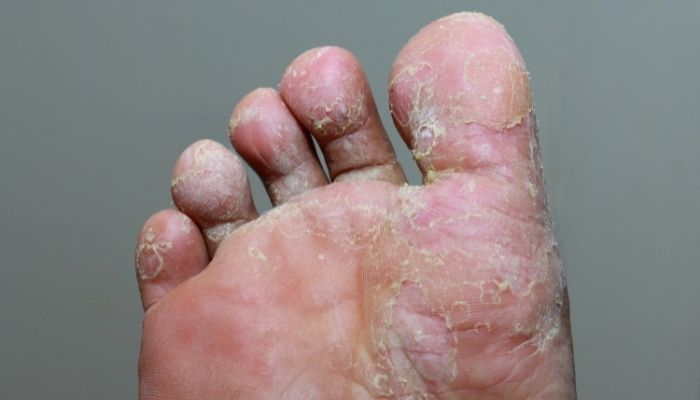Exercise is beneficial to your mental and physical health—well, it usually is, at least. A handful of medical conditions commonly associated with exercise can do more harm to the body and mind than good. These conditions range from mild to severe, from treatable with home remedies to operation-worthy.
But what causes exercise to hurt the body instead of help it? Let’s look at three medical conditions that commonly affect athletes, what causes them, and how to prevent them from putting a damper on your next workout.
Athlete’s Foot
The name “athlete’s foot” stirs up the image of a strong, sturdy foot. But in medical terminology, athlete’s foot doesn’t refer to a muscly foot—it refers to a foot covered in fungus like some kind of swamp monster.
Athlete’s foot is a fungal infection. It’s caused by the same kind of fungus attributed to ringworm of the body and scalp. Usually, this happens when someone walks barefoot on damp surfaces or wears sweaty socks and shoes for long periods of time. Swimmers and runners are both highly susceptible to this infection.
Fortunately, athlete’s foot is a common and easily treatable condition. You can cure it with over-the-counter treatments and at-home remedies.
Runner’s Stitch
Do you ever feel a really sharp pain on one side of your abdomen while you’re running? Another medical condition that commonly affects athletes is a phenomenon known as runner’s stitch or side stitches. Over 70 percent of runners experience runner’s stitch in a given year.
If you want to know what causes it, well, unfortunately, the medical community is as flummoxed as you. Some experts think it’s a muscle spasm in the diaphragm. Others claim it’s because of the increased stress on the spine when working out.
Don’t worry—most side stitches are short-lived. If you experience one during exercise, stop what you’re doing and take a break. Breathe slowly and deeply. Stretch your abdominals by raising one hand high in the air and bending to the side. Put gentle pressure on the affected area to alleviate some of the pain.
Heatstroke
Even if you live in a freezing cold place or only exercise in the dead of winter, you can still be a victim of heatstroke. 80 percent of the energy you use during exercise is converted to heat energy, which raises your body’s core temperature. Heatstroke occurs when the body’s internal temperature rises above normal limits. A core body temperature of 104 or above is indicative of heatstroke (or you have a really bad fever.)
Heatstroke can be extremely dangerous if it’s left untreated. If you begin to experience disorientation, dizziness, headaches, increased heart rate, muscle weakness, or nausea during your exercise—then stop working out. Move to a cool area and reduce your body heat by drinking water, fanning yourself, applying ice packs to your armpits, neck, and back, or going in a bath or pool.
































